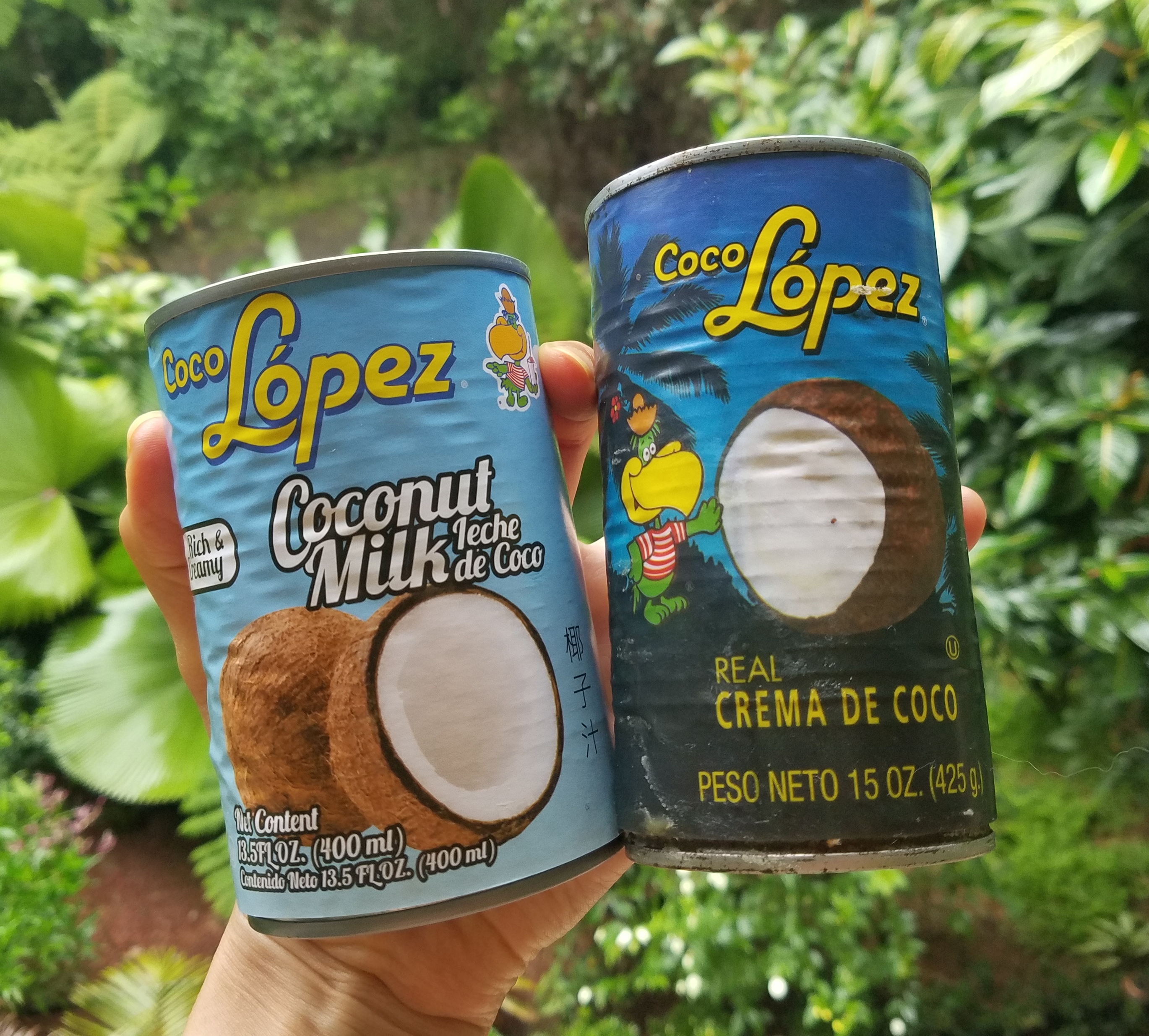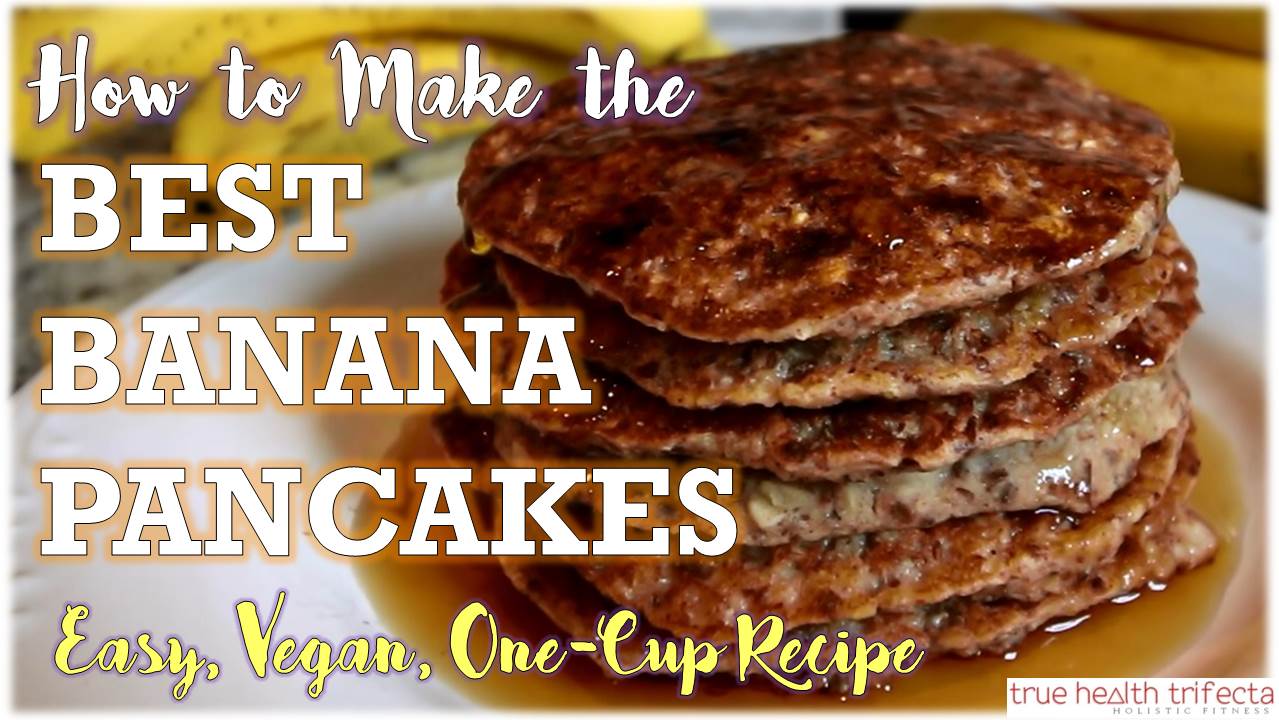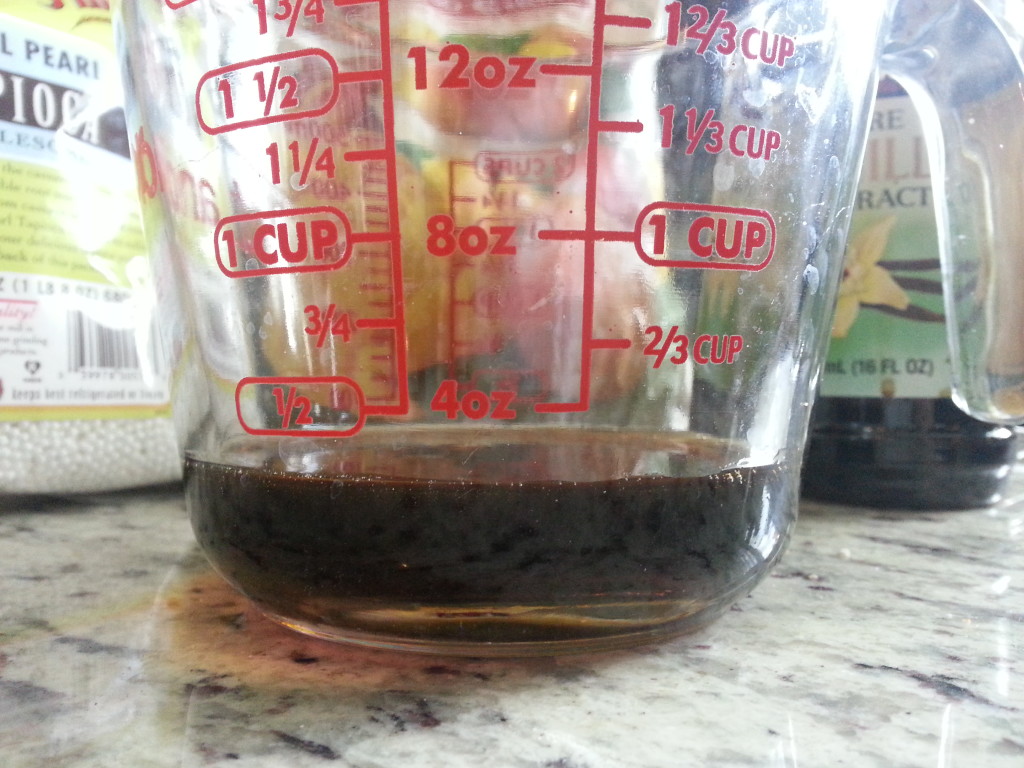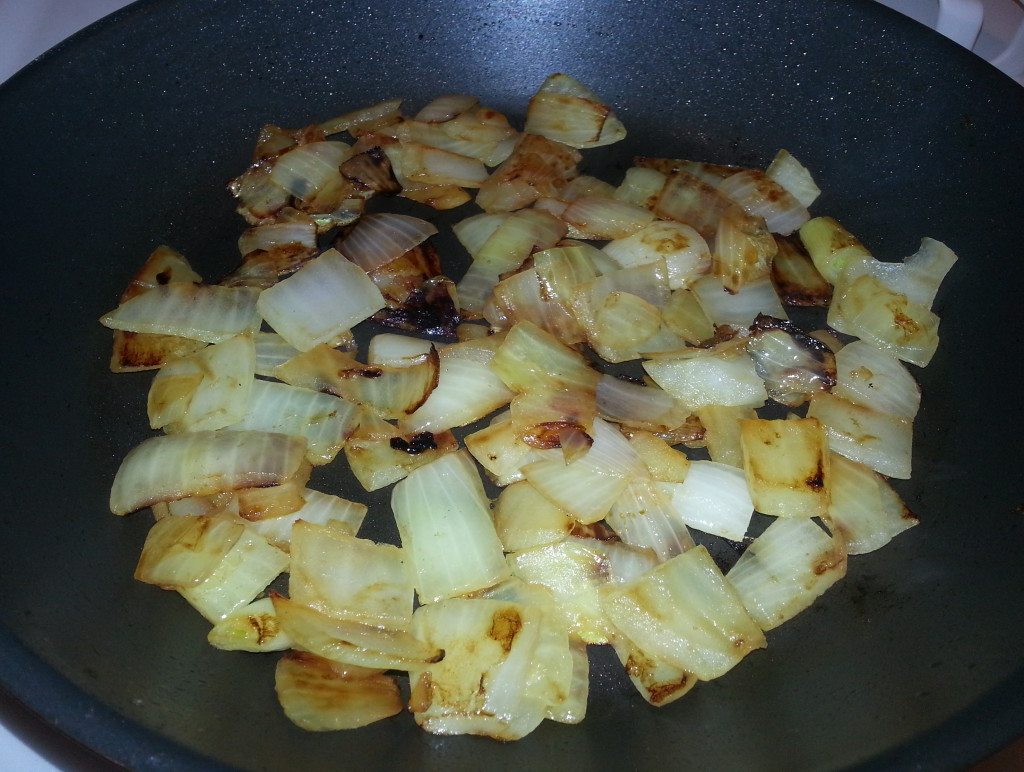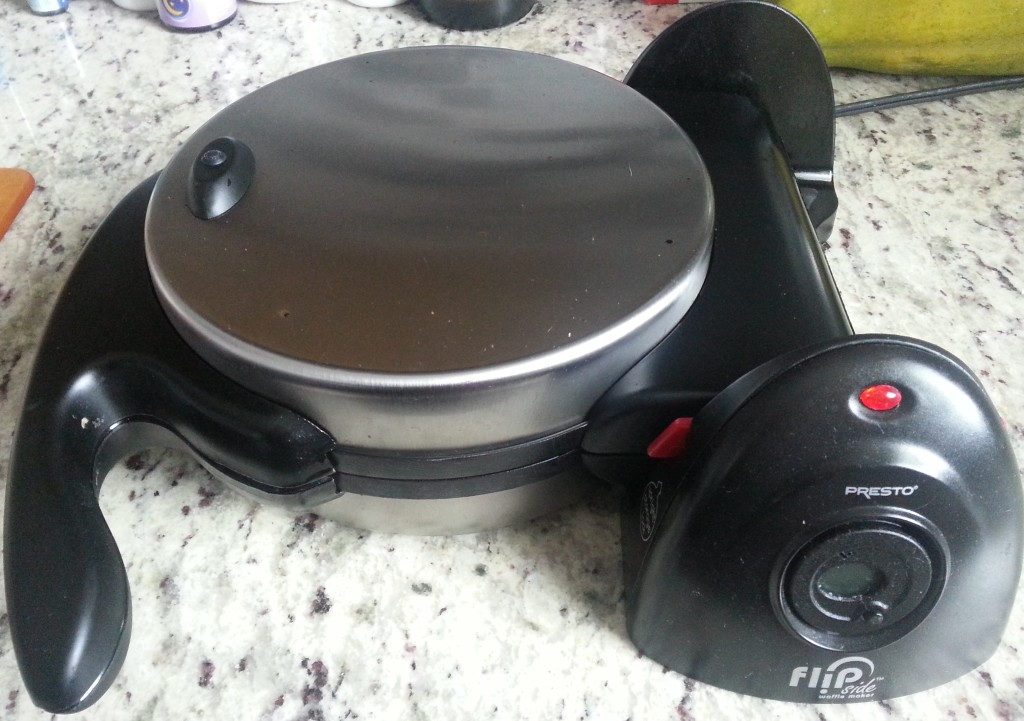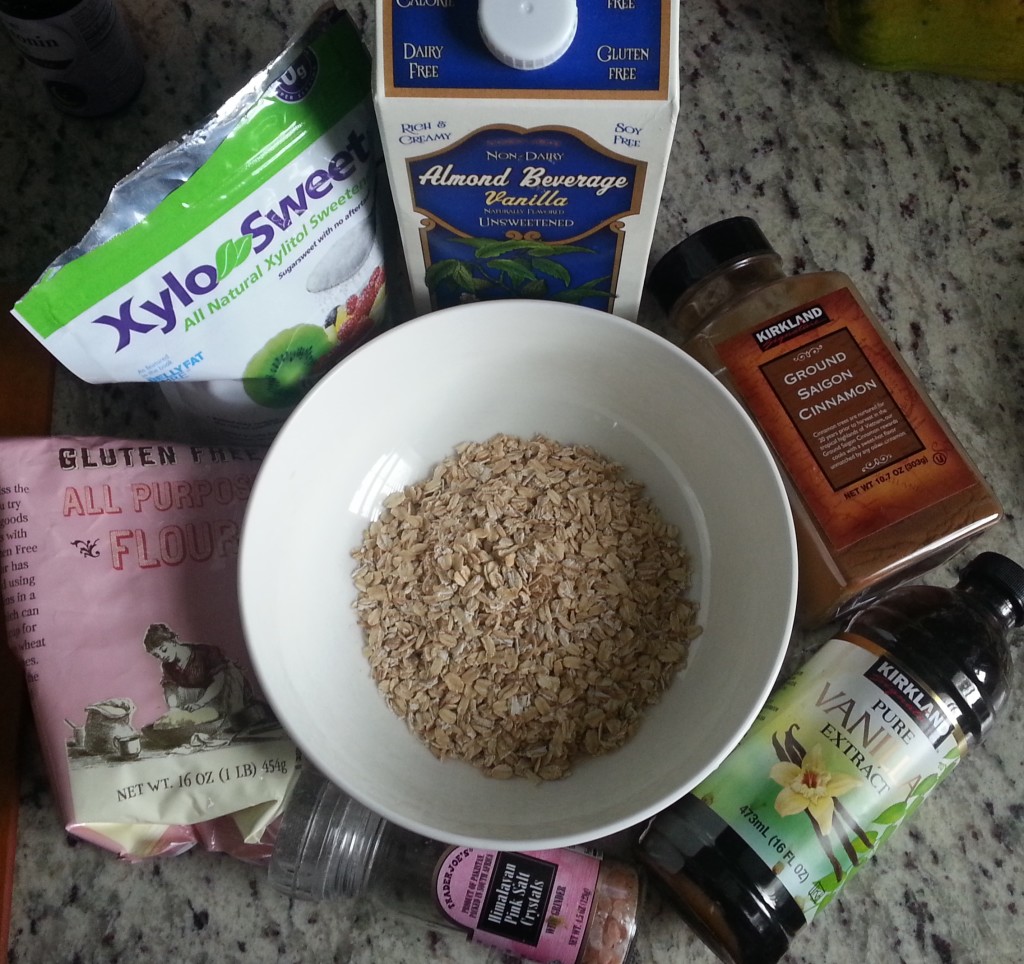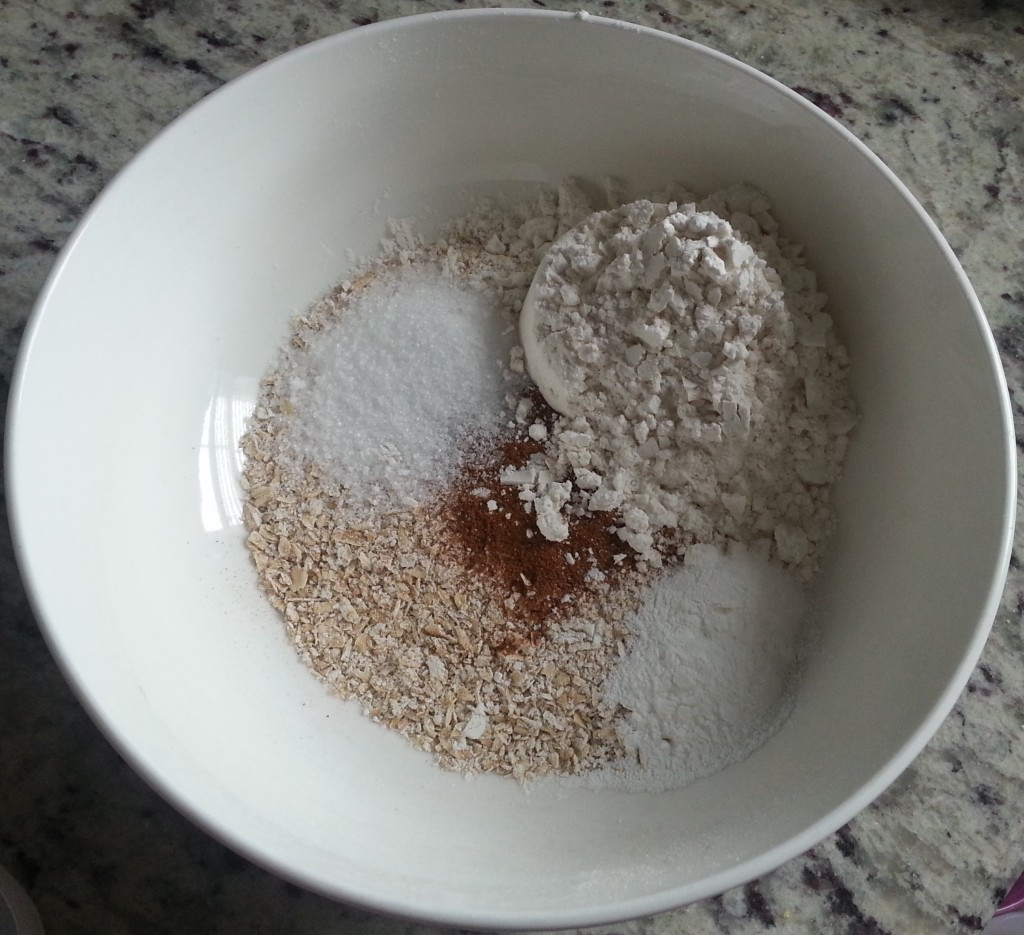The following post is for educational purposes only and not considered as medical advice. Please consult with your primary care physician or health professional before beginning any new nutritional program such as ProLon. This is not A sponsored post. All opinions and experiences are honest and my own as the author.
Weellll it’s been a MINUTE since I put up a blog post, huh?! 😆😵
Hint: I include a REALLY thorough Q&A for ProLon at the end of this blog post – most of which are more detailed, additional tips to what I share in the already detailed day-by-day videos! This post will also be a work in progress as I will update to include relevant content as it is created.
I recently posted a six-video series sharing my experience doing the ProLon 5-day fasting mimicking nutrition program (which will likely include a handful of more videos, including the glucose/ketone comparison in my own personal “self-study”, a DIY homemade version, and perhaps future documentation whenever I do it again).
I even reached out to the people at ProLon after planning this video series, and they were kind enough to give me a generous discount coupon code for friends, clients, and viewers who decide to try it, too! All you have to do is go to their website and type in CATLADY in the promo code box at checkout 🤗
When it comes to the video series, I explain a lot in the videos within the series as I do take you through each day of the program in detail, but I figured it was also worthwhile to share some more things I may have forgotten here as a blog post for whoever may be curious about ProLon and common questions I’ve receive from clients, friends, and those who have seen videos from the YouTube channel.
I will likely revisit and update this blog post in the future to add more videos, as well as questions I may get emailed or left as comments. So, if you are trying out ProLon for yourself or want to refresh reminders or info anytime you do the program, feel free to bookmark this and come back in the future!
Check out my ProLon Playlist, starting with the intro video, here:
In my intro video, I speak about how I came to try ProLon for the first time, as well as details explaining the creator of ProLon – Dr. Valter Longo – and his many accolades in the fields of nutrition and longevity. Dr. Valter Longo is not only the man behind the ProLon fasting mimicking nutrition program, but he is also the Director of the Longevity Institute at the University of Southern California (USC) as well as a professor of gerontology and biological science.
Additionally, Dr. Longo is the Director of the Longevity and Cancer Program at the IFOM Institute of Molecular Oncology in Italy. He is the author of the book The Longevity Diet, which I do highly recommend reading, and he has even been nominated for a Nobel Prize based on his work in nutrition and fasting.
If that isn’t enough in terms of credentials to why this is a legit, clinically backed nutrition program, there is also the fact that Dr. Longo donates his share of profits from L-Nutra (the company behind ProLon) fully into the Create Cures Foundation to fund further research in illness prevention and longevity.
Those are just a handful of the reasons I decided to give ProLon a chance those couple of years ago. As for the other reasons and why I have done it a few times since… it’s all in the intro video 😘
Here we go, DAY 1 of 5 – let’s kick things off!:
DAY 2 OF 5 doing the PROLON FASTING MIMICKING DIET:
DAY 3 of 5 – getting over that hump!
DAY 4 – pretty much night and day from before 😍💪
DAY 5 – The Last day doing ProLon… how do I feel?!
*Stay tuned for my roundup of Day 6 and the week to follow, including how I have done the DIY at-home version of the fasting mimicking nutrition program in the past (and additional tips or tricks)! To get notified first when those videos go up first, you can subscribe to my YouTube Channel and click the notification bell*
PROLON COMMON QUESTIONS & ANSWERS:
How often do I do the ProLon fasting diet?
Please refer to L-Nutra and ProLon’s website for their official suggestions as, again, I am not a medical professional and none of this is medical advice. Always check with your physician (many of whom recommend this program to their patients, by the way)! That said, according to their clinical studies, it is suggested that those who may lean more “unhealthy” or “overweight” do ProLon three times: once a month for three consecutive months, in order to gain the most long-term benefits.
If you are generally healthy and of average weight, you likely only need ProLon once to twice a year. Perhaps up to three times a year. If you are underweight, you definitely need to consult with a physician or avoid this program. You can check ProLon’s website for more information.
Personally, I don’t go by any set frequency. I will gauge it by how I am feeling and what my body is doing. That said, it has come to more or less about twice a year since I did my first ProLon 5-day nutrition program over two years ago.
Who shouldn’t do ProLon?
This isn’t so much a personal answer as something important to note. As suggested by ProLon professionals on their website FAQ and within the instructional pamphlet, those who are pregnant should not attempt this nutrition program – nor should those who have had any bariatric surgery or procedures as such individuals have more specified protein and micronutrient requirements vs the general population.
Regardless, always check with a medical professional before beginning this type of nutrition program if you have any medical issues or concerns to ensure that this is a good choice for you. I especially stress this for those who may struggle with disorders such as BED (Binge Eating Disorder) or similar, as some restrictive-style programs like this 5-Day Fasting Mimicking diet may exacerbate issues in individuals with currently existing disordered eating. Namely, in disorders involving active binge/purge cycles.
When do you feel like you need to do ProLon again?
For me, it’s when I’m feeling sluggish, tired, inflamed and constantly bloated for a longer than normal period of time (more than 2-3 weeks). Unsurprisingly, this typically only happens after a few weeks to a couple of months of eating too many foods too often that aren’t a part of my usual routine.
I do also have a “set comfy weight range” of around 6-8 lbs that I have always stayed within to feel my best, and if I find that I have surpassed that range by a couple of pounds for more than a couple of weeks as opposed to just the up and down, ebb and flow on random days (which is what happens with weight day-to-day!) – then I will consider ordering ProLon do it again.
Is your DIY version of ProLon as good as the actual ProLon nutrition program?
Yes and no.
Pros of the DIY: It saves you money, it’s fairly easy to organize, weight-loss will still happen due to the caloric deficit, it can potentially encourage more stable glucose levels and expedite entering into ketosis to utilize fat as fuel.
Cons of the DIY: Not as effective when measuring glucose and ketone levels (would have to extend it to 6-7 days vs 5), not clinically studied and created like ProLon, some ingredients will differ, more likely to “give up” or not commit during the DIY because it lacks the financial investment to justify pulling through.
Honestly, I would suggest doing the actual ProLon nutrition program first to have something to gauge from in terms of how it felt, your progress from start to finish (both physically and mentally), and how it helped you maintain the benefits afterwards. Then, you can try the DIY version and have something to accurately compare it to. If it works just as well for you as Prolon did, then there you go!
Not to mention, purchasing ProLon justifies itself a little more – to me, anyway – seeing as Dr. Longo donates 100% of the profits from his share back into the Create Cures Foundation to further research on illness prevention and longevity. So the expense does go to a good cause.
Does ProLon help you lose weight?
Yes, but keep reading.
First of all, I get that it’s touted as a “weight loss” or “cleanse”, “detox”, “diet” (UGH if you watched my videos you know I can’t stand these trendy catchwords!) when you see the ads and marketing everywhere. One of the reasons I wanted to create this series of videos was to give you an accurate, more science based, non-Instagrammy take from someone who isn’t only making a sponsored post for money (I am not sponsored by them!) but who is educated in nutrition, physiology, fitness, fasting, along with years of working with clients.
Note: Weight and carrying extra weight is a symptom of something else going on within your body, due to your lifestyle and habits, emotionally, or all of the above.
That said, will you lose weight on ProLon? YES, it will cause you to lose actual weight on the scale. How much is variable, but I have found in the average person the weight-loss is 5-7 lbs. (if you are heavier, you may even reach around the 10 lb. mark). Personally, my weight will go down about five pounds when I wake up on day 6. And most of the time, I will lose another 1-2 pounds in the following days, before my weight stabilizes back at my initial 4-5 lbs. loss.
A lot of this is due to the fact that you are eating in a caloric deficit throughout this 5-day nutrition program. If you are eating less than you expend AND are carrying less food in your system, that will result in loss of weight.
I do also believe – in my case and in what the ProLon research has actually shown – the ProLon 5-day fasting nutrition program causes autophagy and cellular rejuvenation within the system, alleviating inflammation from within the body that would contribute to excess weight. THIS is what makes it different than the “fad diets” or *gag* “cleanses” or *double gag* “detoxes” that are out there, which simply cause you to lose water weight or flush out your digestive tract.
In my experience, I believe that ProLon works to help you drop and eliminate inflammation which will also cause a decrease in weight by default. So, for me, I lost about 7 lbs. in total (including the couple of days after it was over) before settling back to a loss of 4-5 lbs. which I managed to maintain until months later after my standard routine took a turn again.
ProLon was created in a way to actually reset you from a metabolic level. That is the difference I felt in doing it, and that is why I am open to promoting it on my own as an individual (again, not sponsored!) and professional in fitness and nutrition. This is in a different category than any fast, fad diet if you recognize what it’s doing and adjust your lifestyle afterwards to honor maintaining the benefits you’ve gained from doing it.
What were some benefits (or other weird things!) you noticed after doing ProLon?
I’ll just make a list of bullet points…
-
- Cravings were reset. I didn’t need to use as much stevia when sweetening food or drink, for example. Or salt. It really helps to reset and re-sensitize the taste buds as well as cravings, in general.
- Appetite and portion-size needs were reset. Obviously, this will shrink your stomach a bit. But you learn – especially towards the last couple of days – that you not only feel clear-headed and energized, but light and without any bloating or “full” feeling to weigh you down.
- Flatter abdominals (namely lower/reproductive area). I am specifying this because people like to say “flatter stomach or belly”, but for me personally, that hasn’t been much of an issue. My bloating tends to happen in the lower abdominal area. Think intestines, reproductive area, between your belly button and your pelvis. By doing ProLon, EACH time it has completely alleviated any bloating. Not only that, but it seemed to have indefinitely reset it. For weeks after, I would not get bloated – even after occasionally eating foods that may have caused it in the past. My weight also seemed to stay in this new default much easier, rather than fluctuating according to what I may have eaten the day or night before.
- Really seemed to “reset” my body and digestion. Just like I mentioned in the last couple of sentences above, something about ProLon (and honoring how I felt after finishing) really did seem to promote a longstanding feeling of wellness. For me, that meant great energy, less susceptibility to bloating no matter what I ate or where I was in my cycle, an overall feeling of inflammation that I didn’t even recognize before now being gone, and with all of this lasting a while after the nutrition program was over.
- I just felt rejuvenated from the inside and better. That’s pretty much it. I was surprised at how good I felt afterwards and, most of all, how it actually lasted. If you take what the program has to give and go with it long term – especially following the Longevity Diet protocol from the Blue Zones, which are both great books – then you are sure to feel the same benefits that I did.
- I slept more deeply and stopped having wild, super-detailed dreams by day three. I noticed I was having what seemed to be nightly, epic movie style crazy dreams for weeks beforehand. As fun as they are – and as often as I have them – I also felt like I was waking up less rested than usual… especially with night-after-night of a pumped, action-packed imagination! I’d already made a correlation a long time ago between more active dreams and even nightmares, with eating something very sweet or sugary close enough to bedtime.
Do you workout while you’re doing ProLon?
I go for a walk daily to get at least 8,000-10,000 steps in, so I did still do that. As for strenuous exercise, I typically avoid that (and it is suggested to avoid it) during the fasting program. At most, I will do some low intensity weightlifting or bodyweight training that is slow paced and not too taxing. But it all depends on the day and how I am feeling.
As you could see in my Day 4 and Day 5 videos, I felt AMAZING and actually had one of the best feeling workouts I could remember in recent history. So, again, it all depends on how you are feeling and honoring that.
What tips do you have to get through ProLon for anyone else doing it?
Schedule to do it during a span of time where you either know you will be busy or can make yourself busy (ideally, with things at home). One of the best parts about any fasting is how much open time you have to focus on other tasks or things instead of eating or planning around food!
Also, schedule it in a 5-6 day span outside of holidays or social engagements. Doing so will only make it harder for you, and you’re likely to get slack from people around you who don’t “get it”.
When it comes to days of the week, that doesn’t matter. But in my mind, I prefer to do it Monday-Friday or Tuesday-Saturday, depending on what I have going on.
If you’re easily swayed, avoid grocery shopping the week prior and especially avoid having snacky or favorite foods or treats in the house. There are some who make the commitment and stick to it with no problem (it’s ONLY five days, people!) and there are some who are easier to break. This is also why I suggest investing in ProLon before trying the DIY version. The investment locks in commitment for most, whereas DIY doesn’t necessarily.
Do it with a friend! Especially if you are living with a roommate, spouse, or adult child (I would not recommend this or any “diet program” to a child or even teenager, never mind anyone with a history of disordered eating), having an accountability partner will help support you both mutually.
Drink warm or carbonated water (remember: no additives, flavors, sweeteners, etc.) during the day to help against hunger pangs if they are becoming too distracting for you. The hunger is going to be inevitable, but something else ProLon teaches you is you CAN get through it and you’ll be just fine!
If you drink coffee or any caffeinated drinks, ease off of it in the week (or longer) prior to starting ProLon. Same goes for alcohol. Basically, the more vices or caffeine/alcohol you have as part of your routine right before starting, the harder you are making this for you in terms of experiencing headaches, fogginess, fatigue, along with withdrawal symptoms.
If you can, go to bed early and wake up later – or at least go to bed early! Good, sufficient sleep is vital for your health and it will also help your body work AND leave you with less hours during the day to feel hungry. That said, I find that my body seems to require less sleep time when I’m in a period of caloric restriction (i.e., waking up feeling refreshed and energized after only 6 hours vs. my typical 7+ hours and some grogginess). So, the ability to sleep in later almost seems like a task in my experience.
What do I do when I’m finished with ProLon?
Have a plan for when it’s over and honor how your system feels! Don’t just go right back into stuffing yourself if that was your habit before. Or big indulgences, cups of coffee, or alcohol. Follow the transition diet that ProLon recommends in their instruction booklet and do your best to follow principles of The Longevity Diet moving forward. You can also try L-Nutra’s meal plan service, Nutrition for Longevity. The first time I did my ProLon fast was when this meal service was just launching, so I decided to get a week’s worth of meals and they were really convenient and delicious with perfect portion sizes. Plus, the food aligns with the different foods from the Blue Zones. NOTE: If you want to try Nutrition For Longevity, click here to get $10 off your first order!
*Again, NOT SPONSORED at all! I feel like I need to keep reminding because I feel like I’m beginning to sound like an L-Nutra spokesperson 😆 The link is their “refer a friend” rewards system that anyone can sign up for, giving you a discount and me credits towards my own meals from them. Win, win!
I do suggest trying out some Fast Bars or ordering them to have on hand by the time you are finished with your ProLon fast. They’re helpful in transitioning and VERY tasty – super similar to the L-Bar in the 5-day fasting nutrition program. If you know me and food recommendations, you know I wouldn’t suggest them if they didn’t taste good and prove to be a great option for on-going success.
As I mention in the Intro video for my ProLon experience, I was a test subject in the Fast Bars clinical study myself! NOTE: I also reached out to L-Nutra and got a coupon code for you guys to use if you want to try a box (or a few boxes!) yourself. They were kind enough to create one for us! Go here and use promo code CATLADY or CATLADYFITNESS at checkout for a discount off Fast Bars!
Still want to learn more about Dr. Valter Longo’s work and the science behind fasting and longevity? Here are two of my favorite informational interviews where he discusses his work in more detail. They are great conversations and are fairly long, but well worth listening to:
- Dr. Longo’s second interview with Dr. Rhonda Patrick (he has a couple – but this one is more recent)
- Dr. Longo’s interview with Lewis Howes
Remember to use promo code CATLADY for a discount if you decide to try ProLon for yourself (or if you decide to grab some Fast Bars you can use it on that site, too)!
If you have any questions or want to schedule a private session for online Nutrition Coaching, you can check out your options here. You can also check out my best-selling books such as The Holistic Fitness Starter Guide, The Grocery Store Tour Guide, The Coolest Cat Coloring Book for humans of all ages, and other resources available to you at any time here ❤




 Arroz.
Arroz.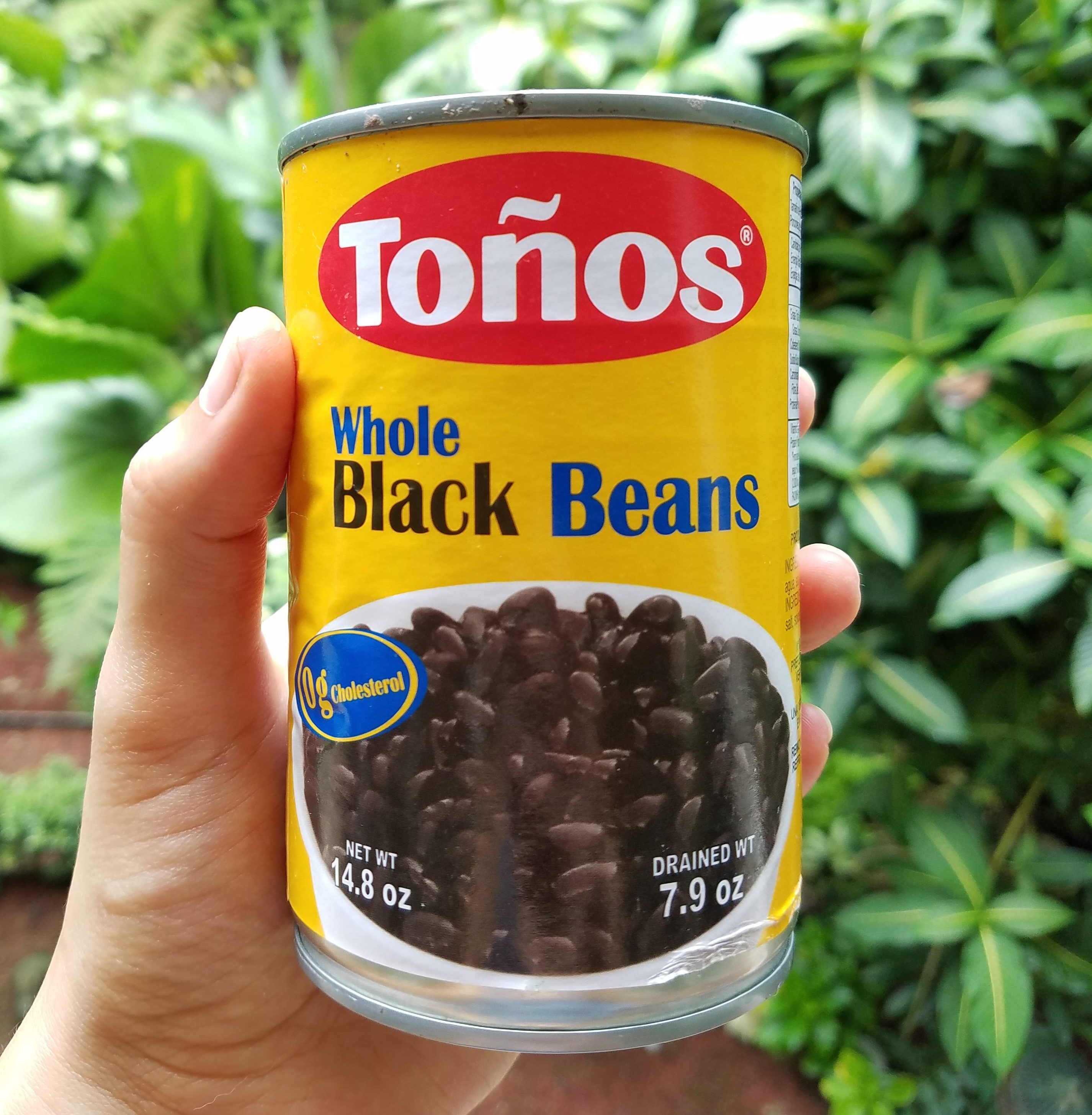 Y frijoles.
Y frijoles.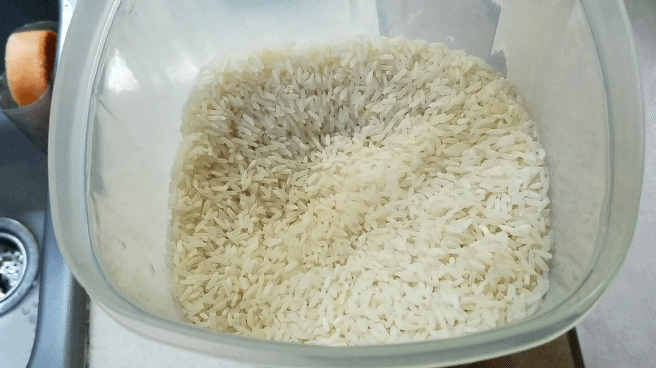
 Mmmmmmmmmmmmmm yas.
Mmmmmmmmmmmmmm yas.


